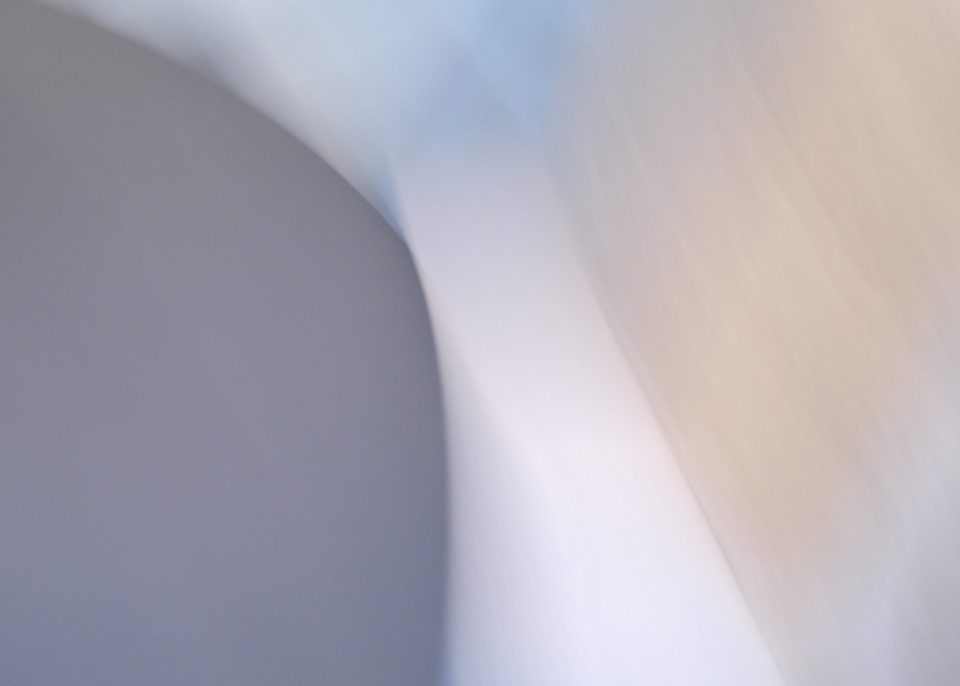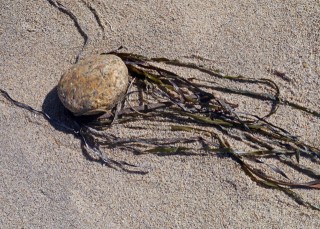
“Genius is best understood in its original and ancient sense: describing the specific underlying quality of a given place as in the Latin Genius Loci, the spirit of a place, it describes a form of meeting, of air and land and trees, perhaps a hillside, a cliff edge, a flowing stream or a bridge across a river. It is the conversation of elements that makes a place incarnate, fully itself.” ~ David Whyte, Consolations
Often, we think of genius as a label given to only a chosen few with exceptional ability. Yet Albert Einstein, long considered a genius, said “I am not a genius. I am just curious.” (Goodreads) His genius originated in his curiosity. Although Einstein was slow to speak and struggled in school as a child, a tutor turned him on to science, and specifically the nature of light. Later, in a boring job as a patent clerk, he had enough spare time to develop the ideas that led to his theory of relativity. All sparked by his curiosity.
Do we all have our own particular genius?
In the book, Nature and the Human Soul, author Bill Plotkin says that everything (creatures, objects, events, and relationships) has a soul. He defines “soul” as “a thing’s ultimate place in the world.” By place he means a role, function, station, or status in relation to other things. Soul is how one fits in the world.
Whyte goes on to say that humans are born with certain inheritances, at a certain time and place. Our genius comes through depending on the conversation we have with our time and our place. It depends on a deep trust in our inheritance, as well as a deep trust that our offering is needed in this time and place.
Ansel Adam’s Genius
I’ve been reading about the life of photographer Ansel Adams recently, trying to uncover the source of his genius. It turns out that, like Einstein, a number of elements came together at just the right time and place for him. However, he had to recognize and seize the opportunities as they appeared. He had to trust his inheritance.
* Adams was born in San Francisco in 1902, a time when there was much discussion about conservation and preservation in the United States. The Sierra Club had been formed in the preceding years and Yosemite was named the second National Park in the country.
* He lived near the ocean and developed a love of nature from an early age.
* When Adams was 14, his Aunt Mary gave him a book about the Sierra Mountains and Yosemite Valley that touched him deeply. He begged his parents to take him to Yosemite for their family vacation.
* His parents said yes and gave him a camera to document their vacation.
* Yosemite Valley filled him with a sense of awe and humility that pulled him back year after year.
* Adams loved photography from the beginning and had a natural sense of composition. But, he worked hard to develop his craft and it was a good ten years before he created the image that launched his career, Monolith, Half Dome.
“Our genius is to understand and stand beneath the set of stars present at our birth, and from that place, to seek the hidden, single star, over the night horizon, we did not know we were following.”
Adams devoted his life to beauty and the preservation of wilderness. Everything he did – photography, writing, activism – stemmed from this core, his ultimate place, which is where and how his genius emerged.
A Conversation with Time and Place
I wondered how to depict the way I see human genius, picking up on David Whyte’s words about a conversation of elements that makes a place (or a being) incarnate, fully itself.
While facilitating a workshop on Block Island, our photography group did a visual listening exercise at the beach. This involves sitting in one place and just observing for at least 15 minutes before picking up the camera. You can jot down some thoughts or do some rough sketches.
 On this particular day, we witnessed the effects of Hurricane Joachin in the debris that had washed up on shore, pulled in by the strong waves. Small rocks and rockweed were evident, scattered across the sand in a chaotic jumble. The rocks came to a certain point and then stopped. Rockweed came in too and at some point would get tangled around a rock. Some of the rocks looked like faces with long flowing hair around them.
On this particular day, we witnessed the effects of Hurricane Joachin in the debris that had washed up on shore, pulled in by the strong waves. Small rocks and rockweed were evident, scattered across the sand in a chaotic jumble. The rocks came to a certain point and then stopped. Rockweed came in too and at some point would get tangled around a rock. Some of the rocks looked like faces with long flowing hair around them.
There was a conversation happening, a relationship between the rocks and the rockweed, created by the geographic conditions of that place at that point in time. This reminded me of poet David Whyte’s thoughts about the Genius Loci, or spirit of a place, as described in the quote at the top of this post.
We can find the Genius Loci of a place through our photography. And, you can find our own particular genius by figuring out what you are being called to say and do at this time and place. I believe that I have a unique way of seeing and sharing and that you do too. Part of my job as a workshop facilitator is to help you see yours.
What’s your genius?
Learn to uncover your genius through visual journaling. The online workshop, Once Upon a Time: Your Photographs have Stories to Tell will give you simple writing practices and exercises (like the visual listening exercise mentioned in this post) to uncover your particular genius. The next session starts February 27, 2017.
** Books mentioned have Amazon or Bookshop affiliate links, meaning I make a few cents if you purchase through my link. I only recommend books that I’ve read.
And, do check out this post from Painter’s Keys – A Touch of Genius
Kim, I really enjoy your writing and depth of knowledge. You are introducing me to all sorts!! I’m not at all sure I know what my genius is…..but I know it is fuelled by a deep love of learning and an ability to BE where I am…..
Thank you for chiming in, Catherine. I think your childhood memory of talking to the snails in your latest post is a great example of a particular way you have with the natural world and especially in your place in Ireland. You continue to share that way with your blog followers to this day.